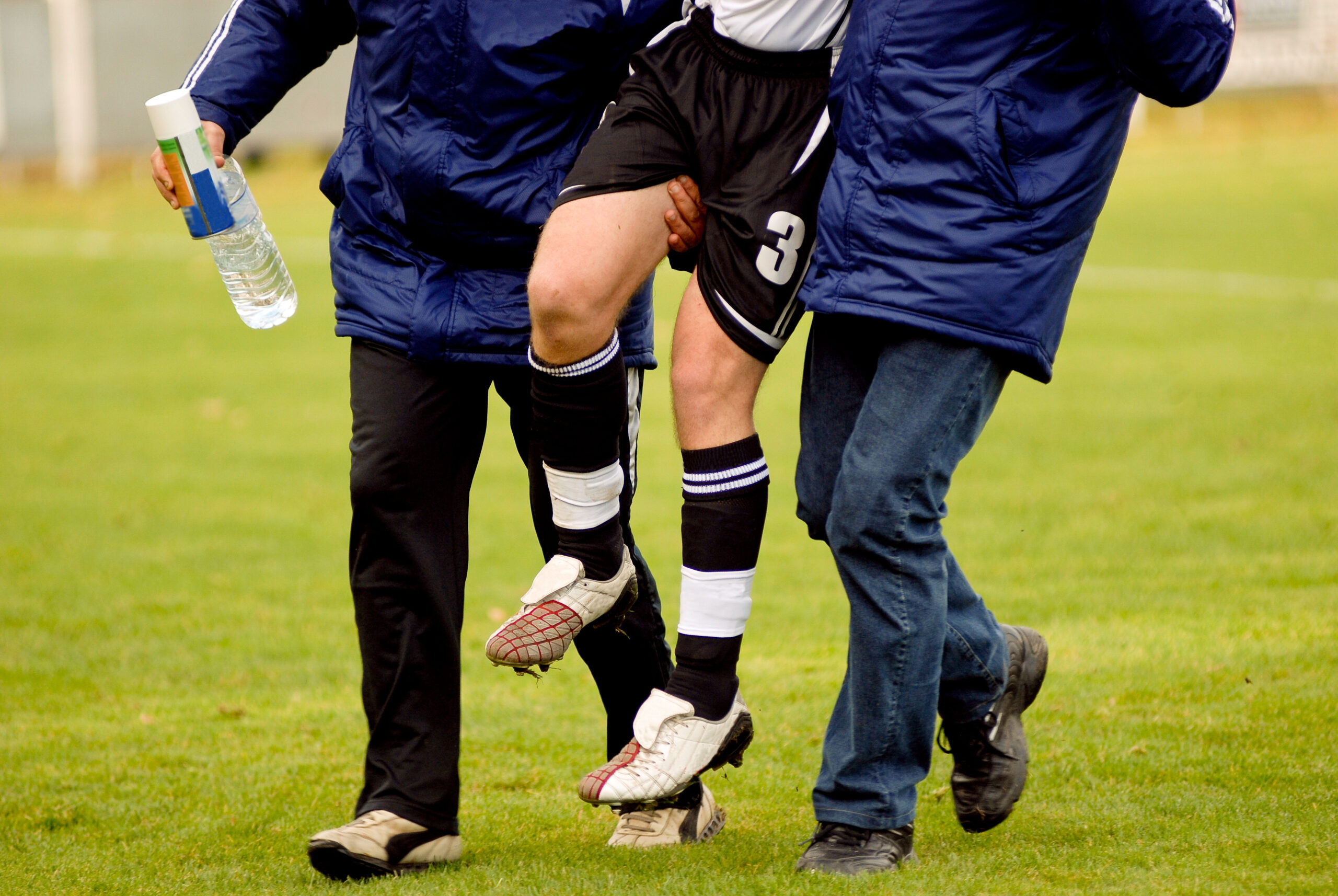Returning to training after injury is quite different to returning from illness or layoff from training. The period of returning from injury in many sports is referred to as a “Return to play” program (RTP). The reason it is different to other return scenarios is mostly due to the fact that injuries provide localised restrictions to training rather than total. Often athletes can do quite significant training while injured which is opposite to those returning from illness.
It is not uncommon for athletes to make more physical progress while injured than while in competition. Injury periods can allow them to direct full attention to areas that get neglected during a competitive season. Traditionally athletes have seen injuries as layoff periods but in recent times this is not the case. An RTP program must be very specific and individualised to be effective. The nature of the injury will dictate what can be done very significantly. Often the coach must be creative in finding methods of applying a training stimulus through more unconventional approaches.
More ambitious athletes and those who make training a part of their lifestyle may need an RTP program in more ways. Mentally, a sudden layoff can have a big impact. Having a program can act as a distraction and as a redirection of focus which can help the process and wellbeing of the athlete. Simply suggesting the athlete takes the time for an overdue rest can actually be very frustrating and detrimental to many hard working athletes.
When is it safe to train.
An RTP program can be approached in a number of steps. Firstly, a medical professional should have the sign off in terms of when it’s safe to train. There may be issues regarding infection or stability of an injury which may restrict when initial training begins. After this point the injury must be assessed. In most cases the next stage of training will isolate and avoid the injury site. For example, a broken arm would mean the arm is immobilized and excluded from training. Any exercise prescription must avoid movement of the arm, which will dictate what exercises can be used. The third phase will generally incorporate any rehabilitative exercises prescribed by the medical team. After this point there is a period of building back up to full strength. The final stage is basically a confirmation that the injury is no longer posing any potential concerns and the individual is fit to compete.
Why train injured
Time is valuable for many athletes and simply waiting to be recovered is a significant loss of time. If one structures an RTP program effectively they can progress without impacting the recovery of their injury. The hormonal response to training will also support general recovery. Anecdotally athletes who manage some limited training while injured meet their recovery benchmarks ahead of schedule. As mentioned before, being out of competition allows one to focus on less sports specific training. Time can be dedicated to address imbalances or inadequacies that are not as much of a priority to their sport and so get less time in regular training.
What to do
Knowing what to do is the complicated part. Working with an experience coach, Doctor or Pysiotherapist will help this process. Ideally these support individuals would collaborate their areas of expertise to coordinate the RTP concerns. In many cases general strength and conditioning progression is the goal but how sessions are structured and delivered may not be typical. For example a runner with an injured foot may utilise a bike or crosstrainer to reduce impact but maintain some volume of training for relevant muscle groups. Swimming and anti gravity treadmills provide some good low impact options here also. It is impossible to outline all options for sports and injuries in this article. What you do needs to be individually tailored involving the support team around you.

There may be effective, alternative ways to train while injured
The purpose of this article is to highlight the benefits of utilising an RTP program. Things can be worked on if some time and thought is given to the plan beforehand. Some experimentation may be required to work around the issues you face but there are always alternative options. One must be patient and conservative but at the same time pro-active. At certain stages of the recovery there may be more restrictions than later on. It is important to be satisfied with making progress no matter how small. Recovery shouldn’t be rushed and safety must be put first. Rushing the process can result in further injury and prolonged recovery. Be conservative but be diligent. Those who are proactive and sensible will reap the rewards.
Our advice for any athlete recovering from injury is to trust the support team around. Some will have much more than others but that’s not a big problem. The medical professional overseeing the injury should have first say in what is safe and what is not. This should be coordinated with coach or S&C professionals to then deliver any training that is appropriate given the situation at hand. Do not be complacent or take any unnecessary risks but rest assured that a little can go a long way in these circumstances.
If you liked this post then please share with a friend. Don’t forget to sign up to our newsletter so you don’t miss any new articles.
[yikes-mailchimp form=”1″]

